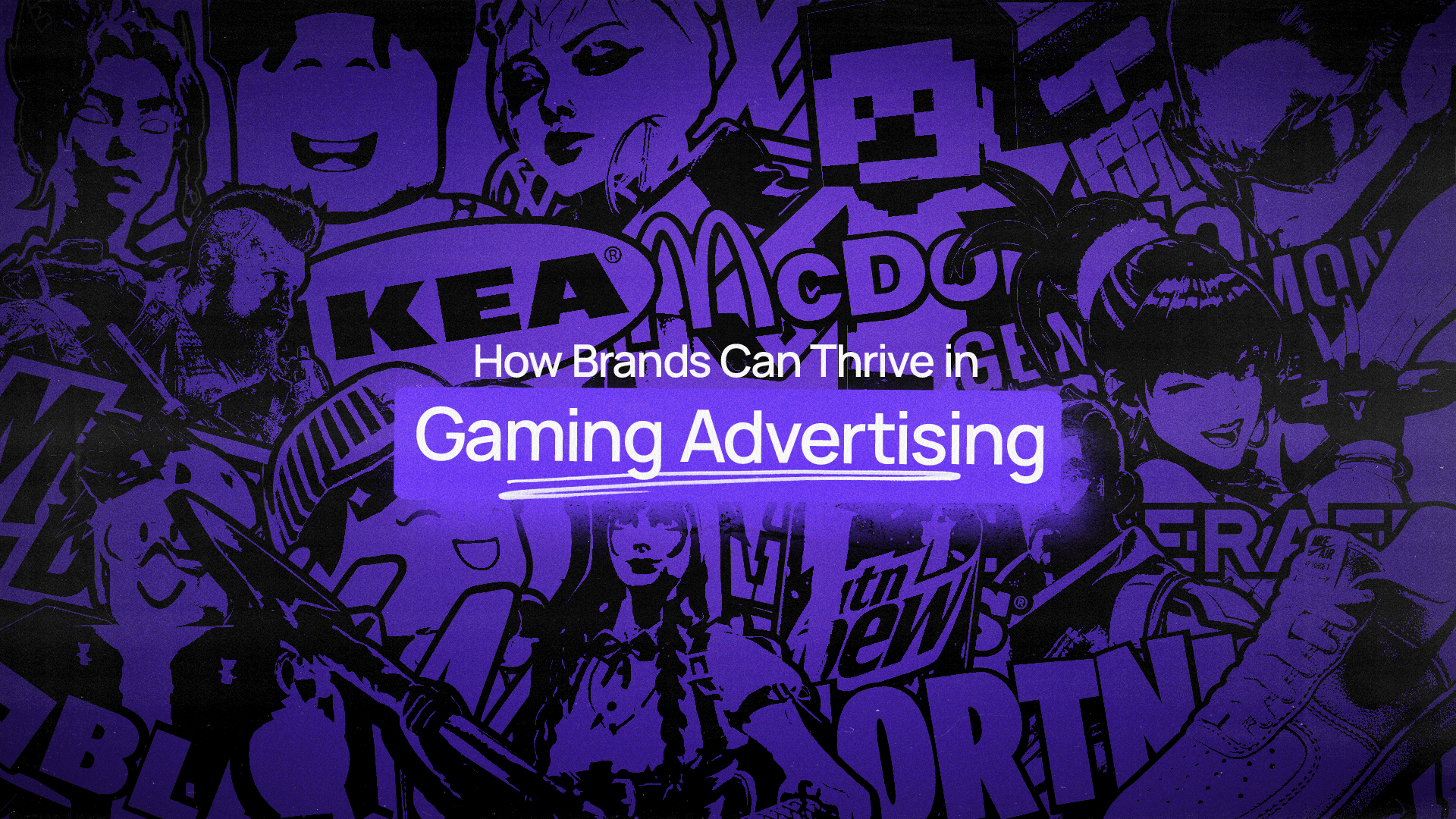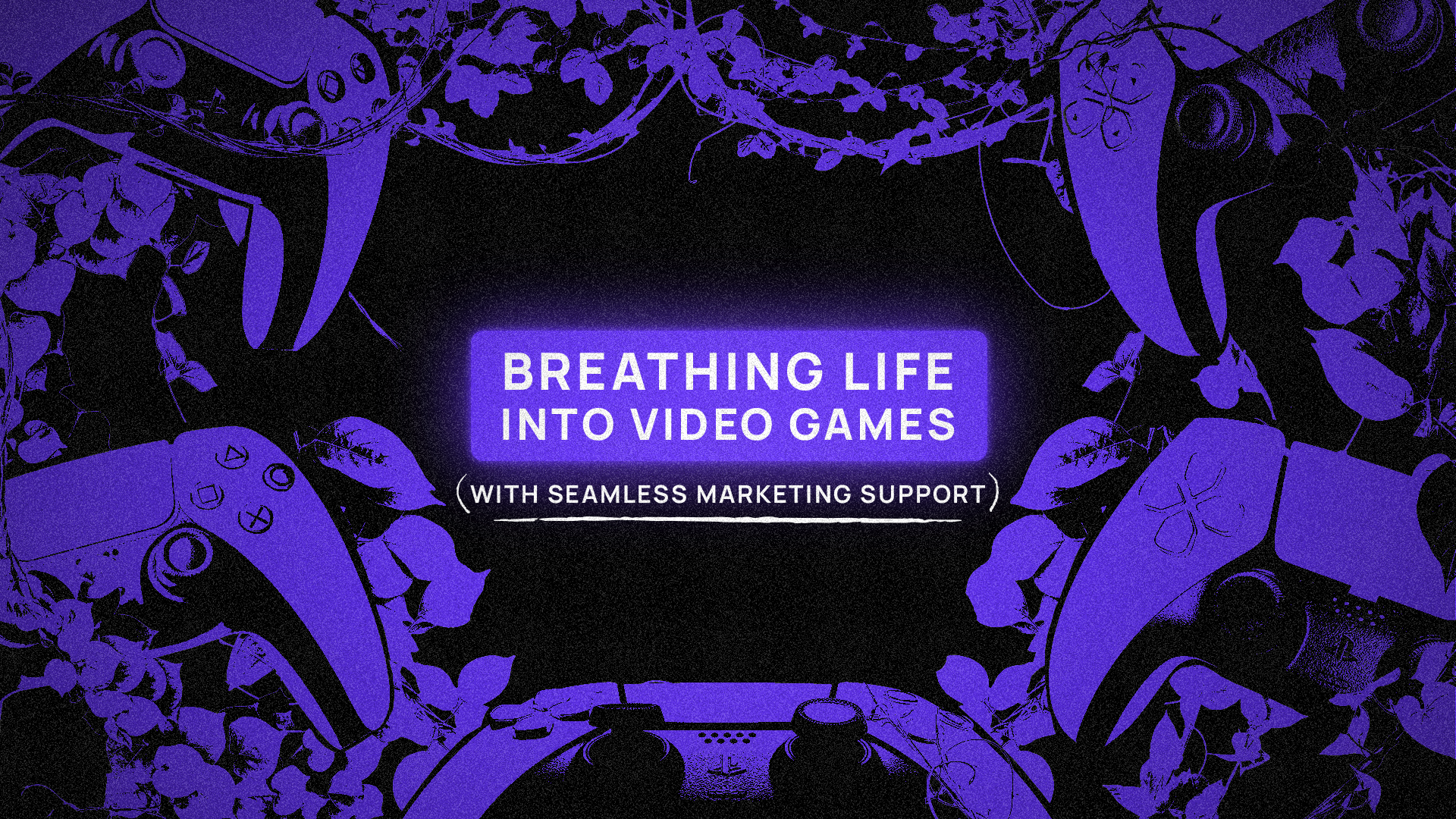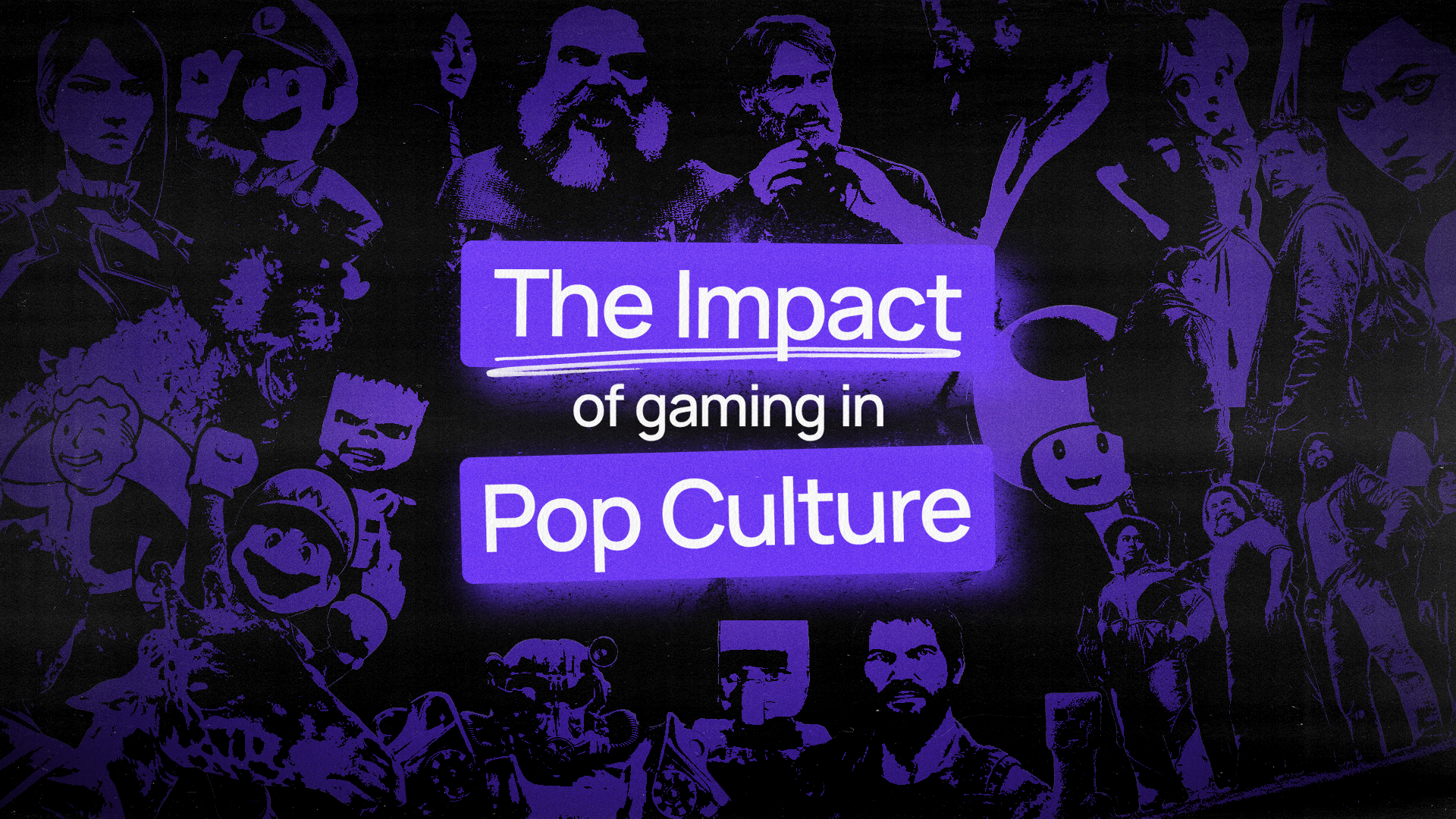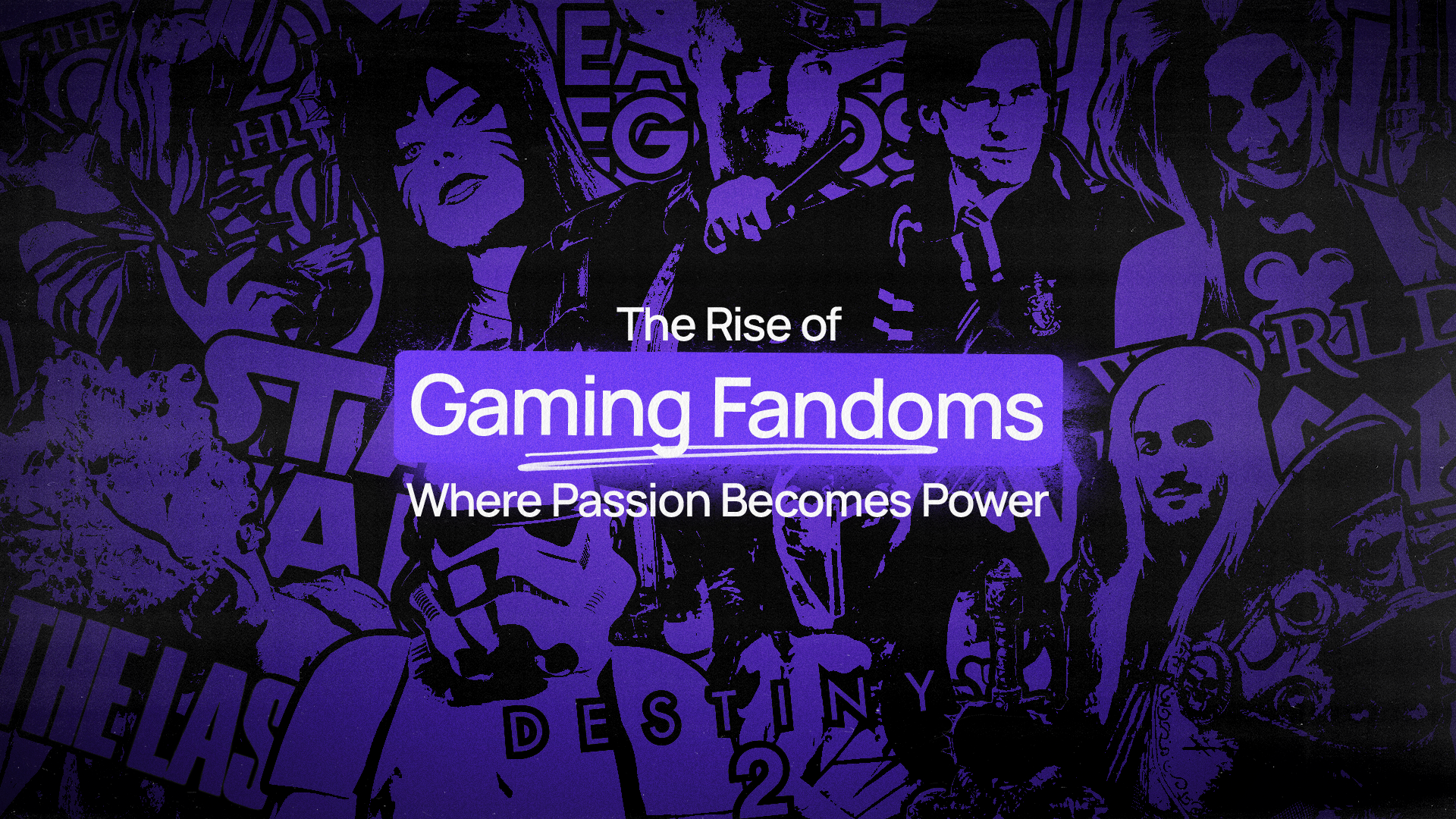Ideas
10 Minute Read
How Brands Can Thrive in Gaming Advertising

Gone are the days when gaming was a niche way to pass time. From esports tournaments to orchestras, games have fully integrated into mainstream culture–and I’m loving it. Communities and friendships formed through online gaming have become increasingly common, and with the industry itself estimated to be worth $280.1 billion in 2031, it’s no wonder that brands all want a piece of the action.
Why brands can struggle in the gaming universe
Games are a way for players to escape reality and have fun! So, if something pulls them out of that universe, it has to be worth it. In-game advertising is great for brands to enter the space but they need to add to the shared experience, rather than disrupt or intrude. Internet problems, phone calls, and general life are some understandable barriers to immersion, but interrupting a game simply to showcase your brand? That’s a biiiiig no, and players won’t respond kindly to such tactics.
Here, a traditional advertising approach won’t apply. Gamers want authenticity; and with gaming culture built on identity and inclusion, brands need to speak the same language or risk alienating them altogether. Misaligned messaging? Superficial placements? This audience can smell disingenuity from a mile away, so generic methods are more likely to damage a brand than strengthen it.
The rise of collaborative experiences
From Gucci to KFC, brands that don’t just sponsor but elevate the gaming space are having a long-lasting impact. To thrive in gaming advertising, brands need to step away from seeing the platform as an alternative monetising mechanism. Gamers don’t passively consume content, but actively interact with it—giving brands a new opportunity to create recognition and build loyalty from players worldwide.
Take Wendy’s 2019 “Keeping Fortnite Fresh” campaign, for example. When Fortnite introduced their new game mode: Food Fight, Wendy’s entered the game on the side of Team Pizza. Priding themselves on the fresh beef they serve, they destroyed all the burger freezers live on Twitch and encouraged other gamers to do the same.
The Twitch stream was viewed live more than a quarter of a million times! But, the best part? This low-budget, creative activation was done with no paid-media placement; and funnily enough, drove game developers to remove the in-game burger freezers to rid the virtual world of frozen beef. It made it clear that cultural fluency and creativity could often outperform traditional ad spend in gaming environments.
-
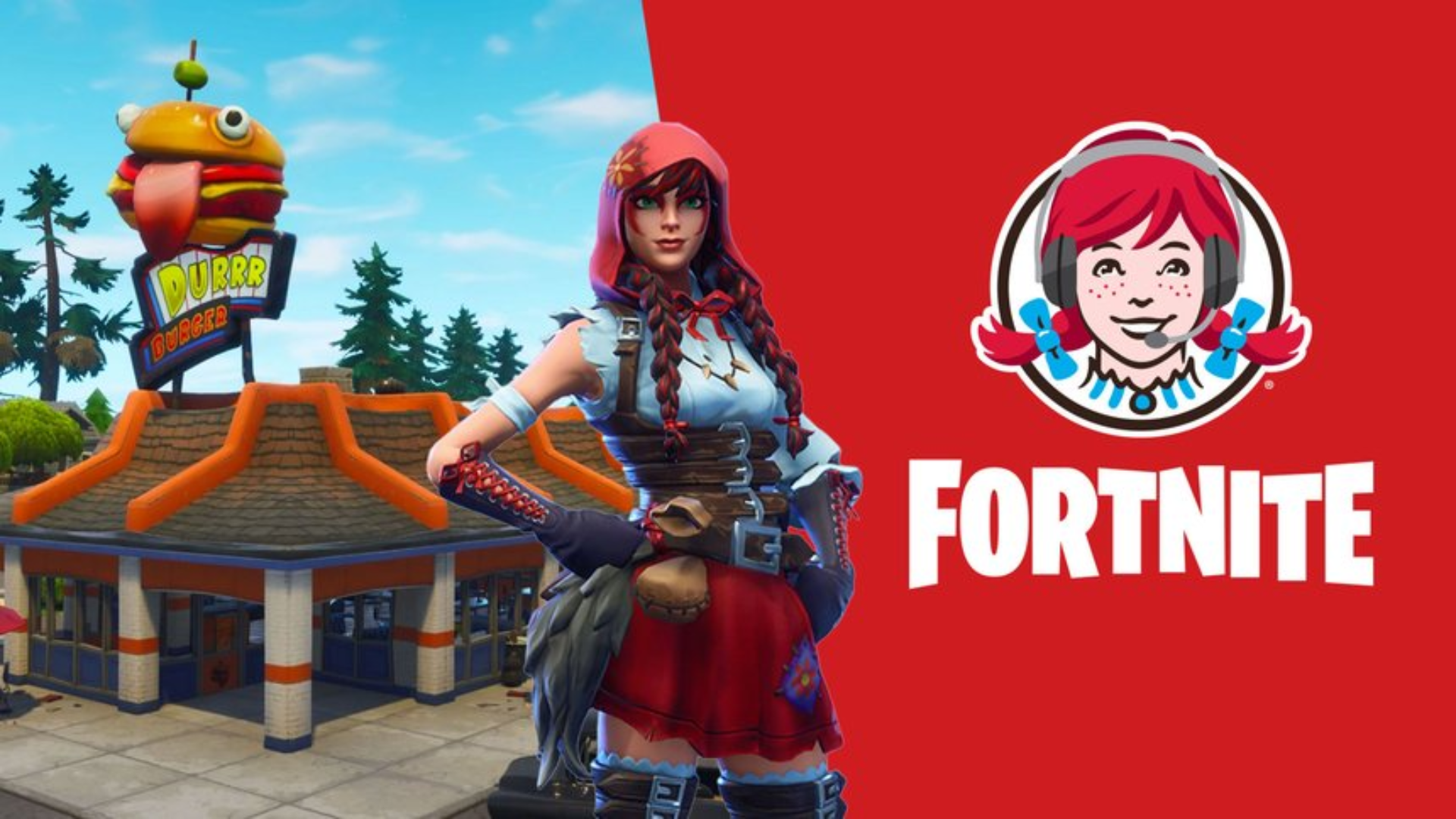
Wendy's - Keeping Fortnite Fresh
-
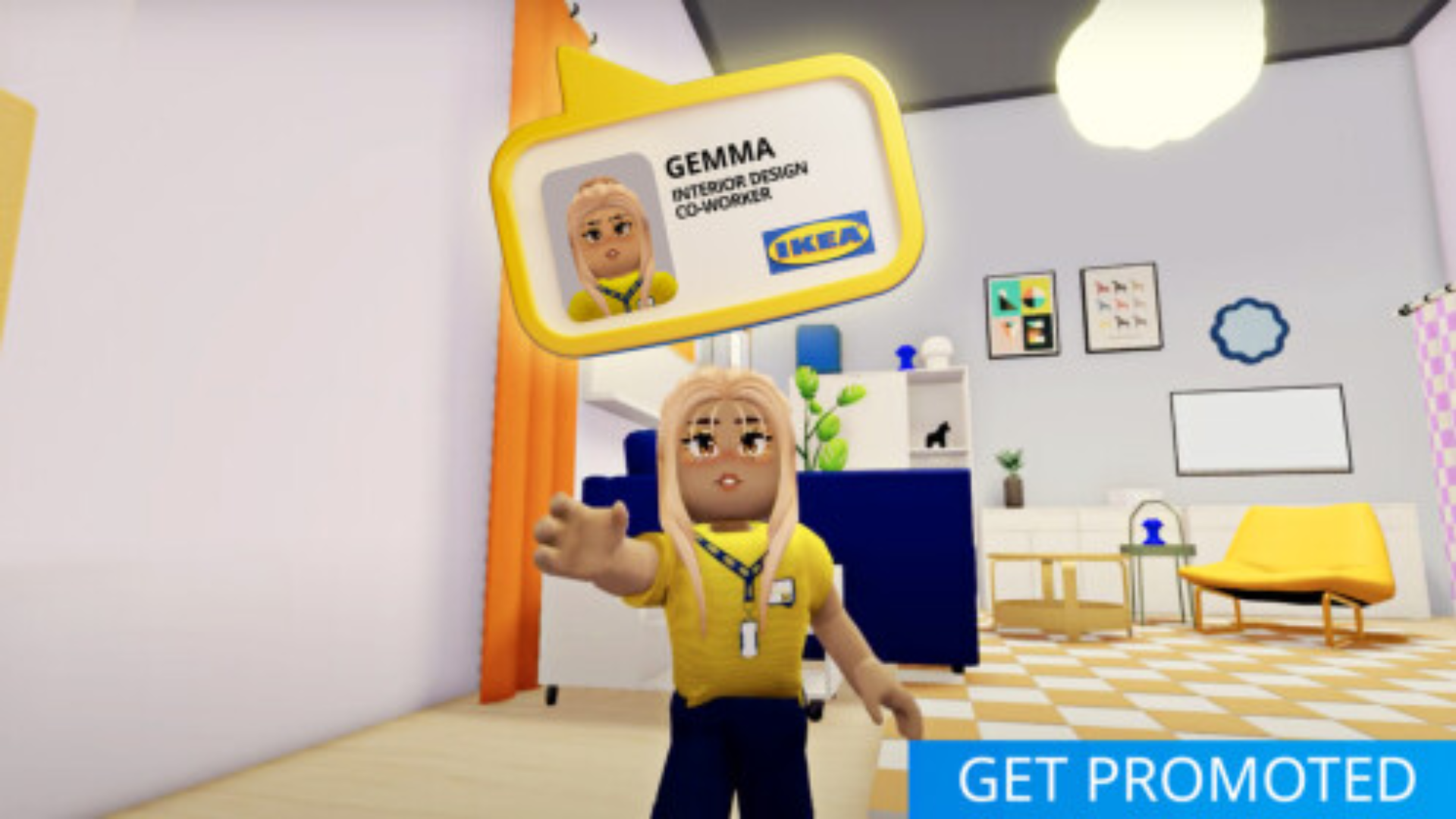
The Co-Worker Game - a virtual job application
IKEA took things a step further, and used Roblox for their recruitment campaign in 2024. In “The Co-Worker Game”, players could apply for real jobs in a virtual IKEA store. Whether you worked as a cashier or organised showrooms, the game blurred the lines between work and play, whilst still putting the brand centre-stage in a naturally authentic way. This activation not only highlighted IKEA’s core values (teamwork, order, playfulness), but functioned as both a game and job simulator.
However, advertising in video games doesn’t just have to be all fun and games (see what I did there?). Gaming platforms can be used for greater causes, and Reporters Without Borders’ Uncensored Library is a powerful case study for exactly that. In many countries, social media, the press, websites, and blogs are controlled by the government, which feeds and restricts heavily manipulated information to the younger generation.
But, RWB found a loophole, and used Minecraft to bypass internet censorship. The Uncensored Library is an open server that allows people worldwide to access independent information through playful interaction—raising donations to RWB by 62%. This extremely successful campaign shows that brands could thrive in gaming by becoming part of the world-building, not just by inserting assets.
To me, it’s clear that brands are now treating games as cultural spaces to interact and connect with, rather than media inventory to simply advertise on. Using existing in-game mechanics and engaging the community is key to success. Gaming is an inherently social platform, and brands that are a fun addition to the game or that enhance the experience will often be welcomed with open arms.
-
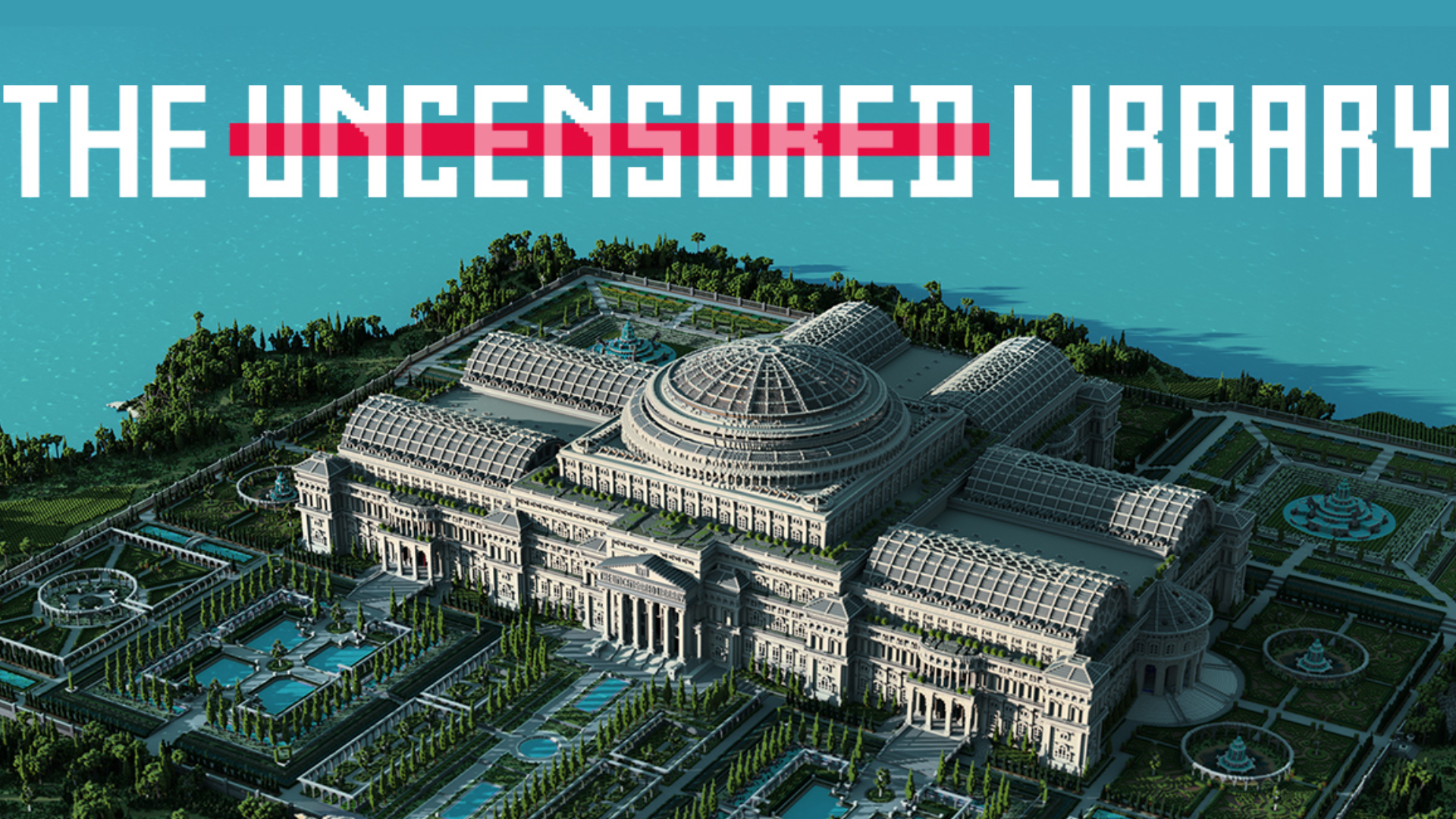
The Uncensored Library - using Minecraft to bypass internet censorship
-
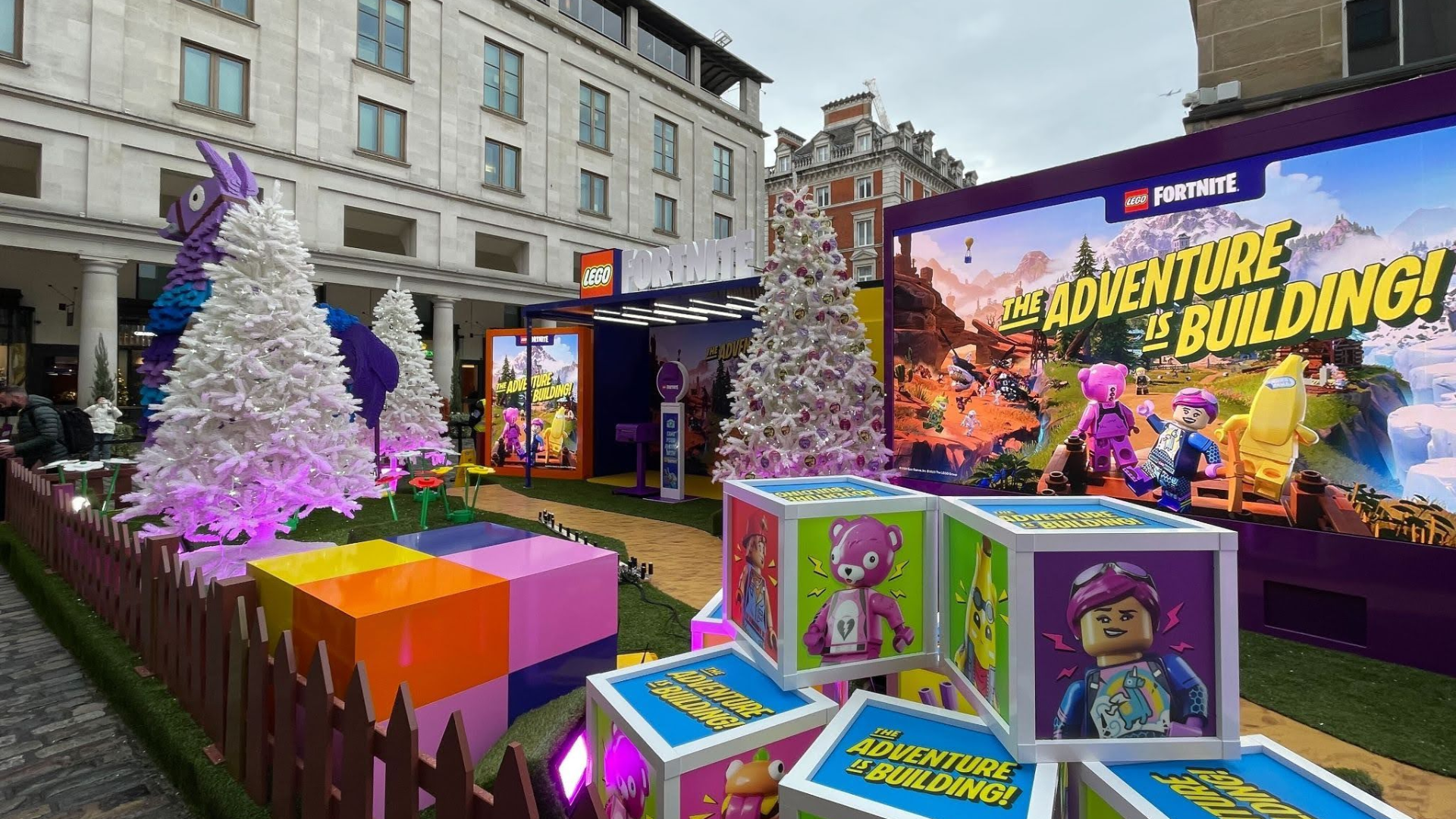
LEGO x Fortnite - ICHI's Covent Garden brand activation
The future of brands in gaming
With games becoming an increasingly popular space to advertise in, brands have to find new ways to strike a balance between entertaining and informative–or risk getting lost in the crowd. Whether through seasonal activations, co-created content, or utility-based experiences, it’s essential to adapt to each game’s unique narrative and universe.
Brand partnerships in gaming are now being celebrated rather than treated with disdain. For the launch of LEGO x Fortnite, we wanted to highlight the weird and wacky creativity the partnership would bring. With a 12ft LEGO llama standing proud in Covent Garden, we had both IRL fan interactions and online interactions take place via daily Llama Supply Drops. (Fun fact: one llama took LEGO master model makers over 200 hours to build!).
So, with approximately 3.32 billion active video gamers worldwide, gaming is a platform filled with opportunities you’d definitely not want to miss out on. And if anyone from Atlus is reading this… Persona 5 collab, when?
